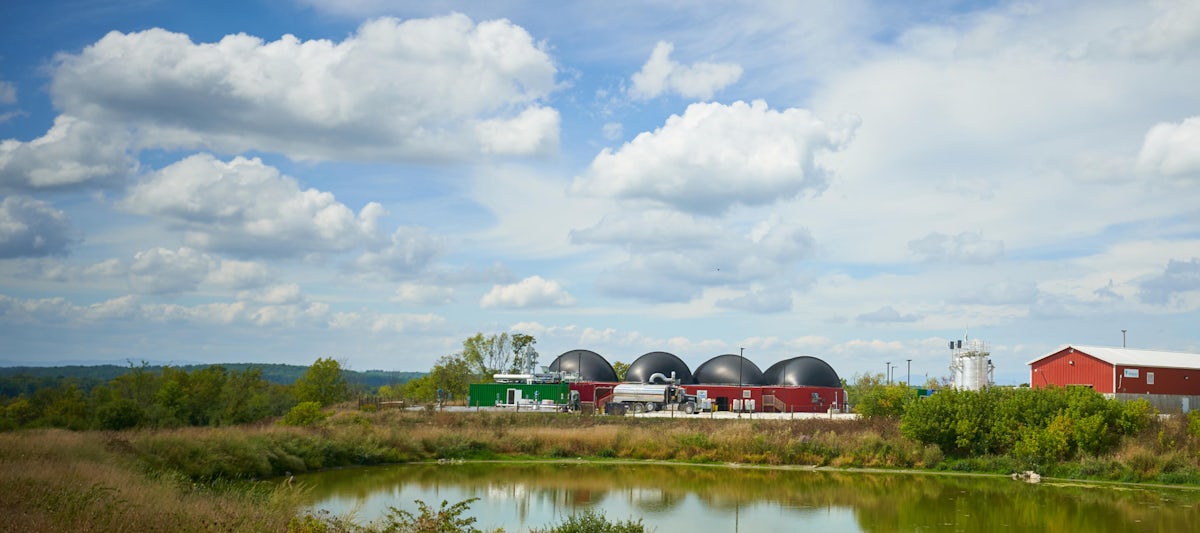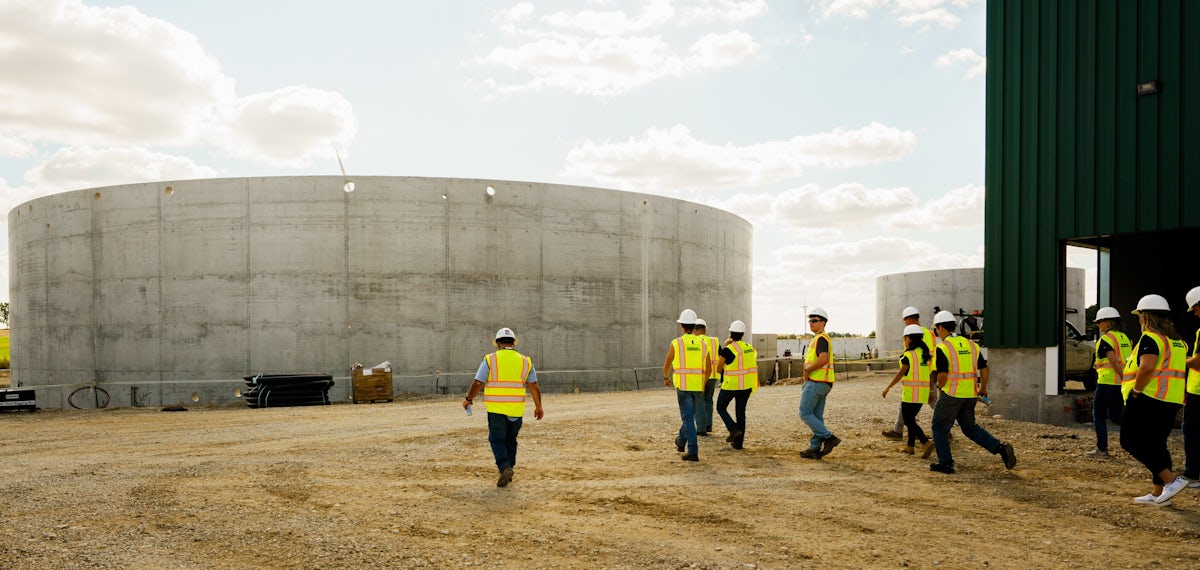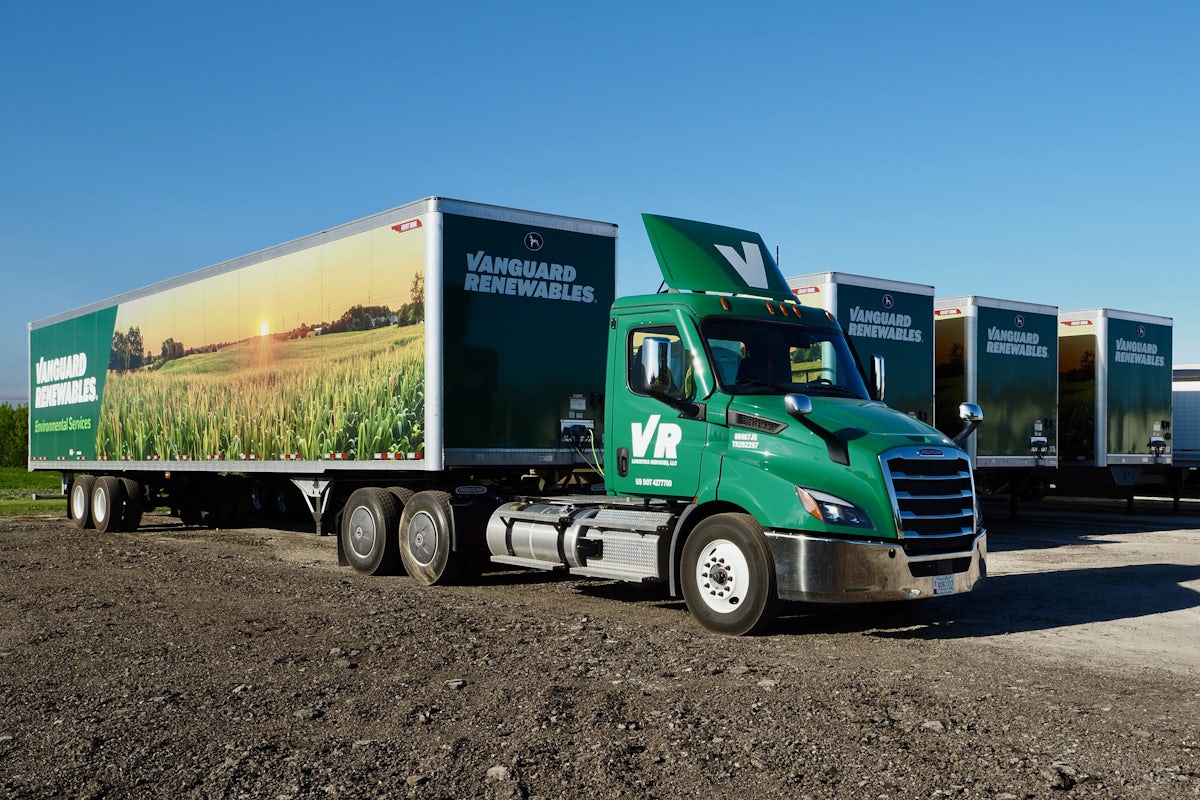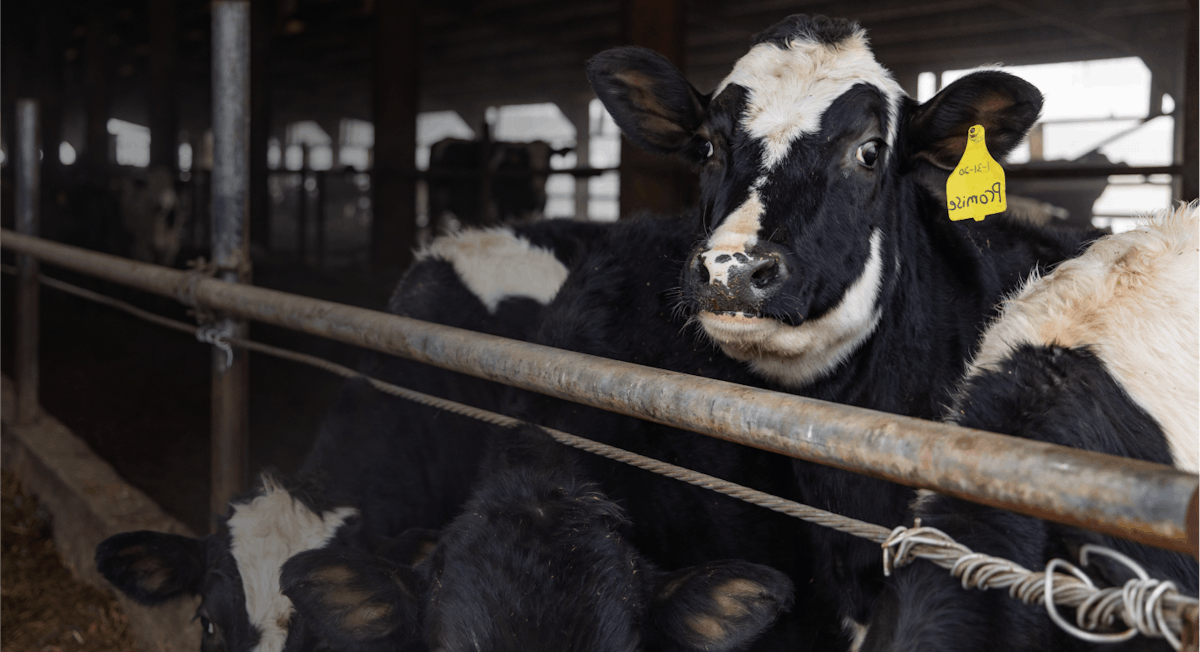All Insights
Our Healing Begins in the Soil
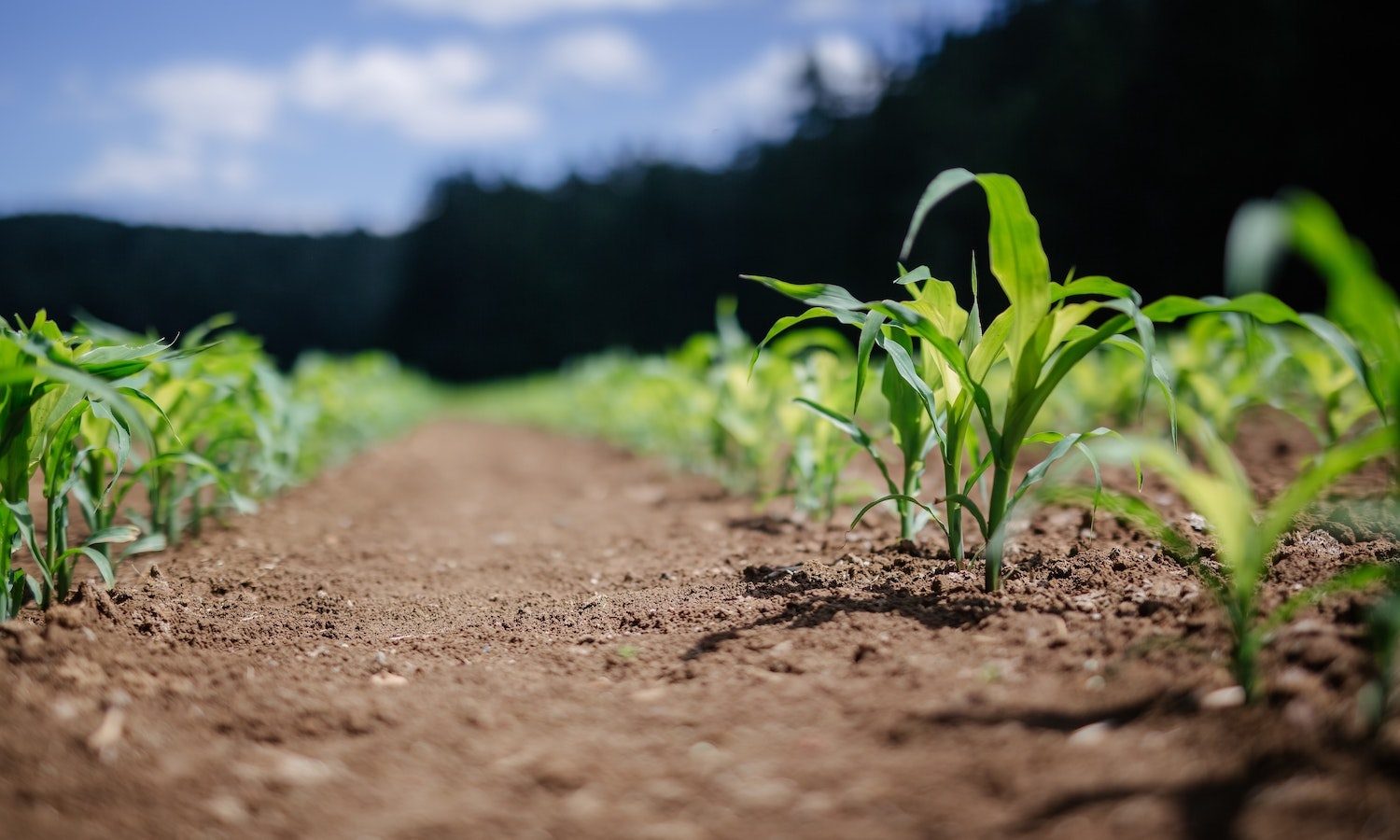
Photo courtesy of Adrian Infernus, Unsplash
June 14, 2022
Our food and agriculture systems are fundamentally broken. It’s no exaggeration to say that the warming planet, social inequities, and health epidemics bear this out. However, there’s real hope. We can heal ourselves, our communities, and our planet when we begin to participate once again in the creation of healthier food systems. So, how do we design a food system from the ground up that truly brings forth a societal shift? The answer is regenerative organic agriculture.
Chances are regenerative agriculture is something you’ve already heard of. Like the nascent days of organic in the late 1990s when leaders from the food industry were marching to Washington to plead with Congress and the U.S. Department of Agriculture (USDA) to preserve the integrity of this fledgling agricultural standard, this new farming concept is moving into mainstream consciousness. It has infiltrated the supermarkets and quickly moved into fashion, personal care, and other sectors—even home goods and pet food. This is not a boutique trend.
General Mills recently announced a commitment to advancing regenerative practices on 1 million acres of farmland by 2030; PepsiCo followed in 2021 with a goal to do the same across its entire 7 million acre agricultural footprint. Nestlé SA said recently that it would invest US$1.3 billion over the next five years to help farmers transition to regenerative practices.
There’s serious energy behind it—and for good reason, particularly when you consider the spirit of regenerative agriculture as defined by the Rodale Institute, a global research and education non-profit based in southeastern Pennsylvania, which helped define the organic standards that such farms are held to by the USDA. Rodale Institute maintains that regenerative farming holds the potential to heal nearly every dimension of our society. And it starts in the soil.
Regenerative practices biologically create more surface cover for plants, end erosion, and increase beneficial microbial populations near the soil’s surface where plants grow. When the soil microbiome is healthy, it protects plants from drought or pests and can even stave off pathogens by producing toxins that trigger the plants to defend themselves. Healthy soil also enables plants to secrete compounds to feed nearby microbes, and, in exchange, the microbes enable plants to capture essential nutrients and to manufacture a series of chemicals called phytonutrients or antioxidants. They give fruits and vegetables their distinctive color, smell, and flavor, and research shows that these same chemicals directly benefit us by stimulating our immune system, regulating our hormones, and slowing the growth of human cancer cells.
Perhaps most significantly, the protection offered from healthy soils applies to the vitality of our economic systems too. The Organic Trade Association (OTA) released a study identifying “organic hotspots” in the United States, counties that have high levels of organic agricultural activity and are surrounded by similarly highly concentrated organic counties. According to the study, the poverty rate for an organic hotspot drops significantly. The study also found that median income increases by US$2,000 in those counties. The study suggests that organic operations hire more local labor, encourage shorter supply chains, and even spur growth as part of the creative economy of entrepreneurship.
From social inequity to environmental degradation, climate-related issues, and human health, regenerative agriculture (in its truest sense) can reverse these trends and create economic, human, and planetary health. Food is a great uniter and has the power to bring together rural and urban communities. It all begins in the soil.
Despite regenerative agriculture’s growing mindshare, however, there’s no set of broadly accepted standards to follow, nor a federally governed certification process. Under its current use, the word regenerative means everything and nothing, depending on who is using it.
That is why the Regenerative Organic Alliance, a diverse coalition of organizations and businesses led by Rodale Institute and spearheaded by Dr. Bronner’s and Patagonia created the Regenerative Organic Certification (ROC) in 2018. ROC is a holistic agriculture certification structure that encompasses robust requirements that uphold three pillars: soil health and ecological land management, pasture-based animal welfare, and fairness for farmers and workers. It was created to model an ecological and ethical system for agricultural production that addresses the problems of factory farming, climate change, and economic injustice, locally and globally.
